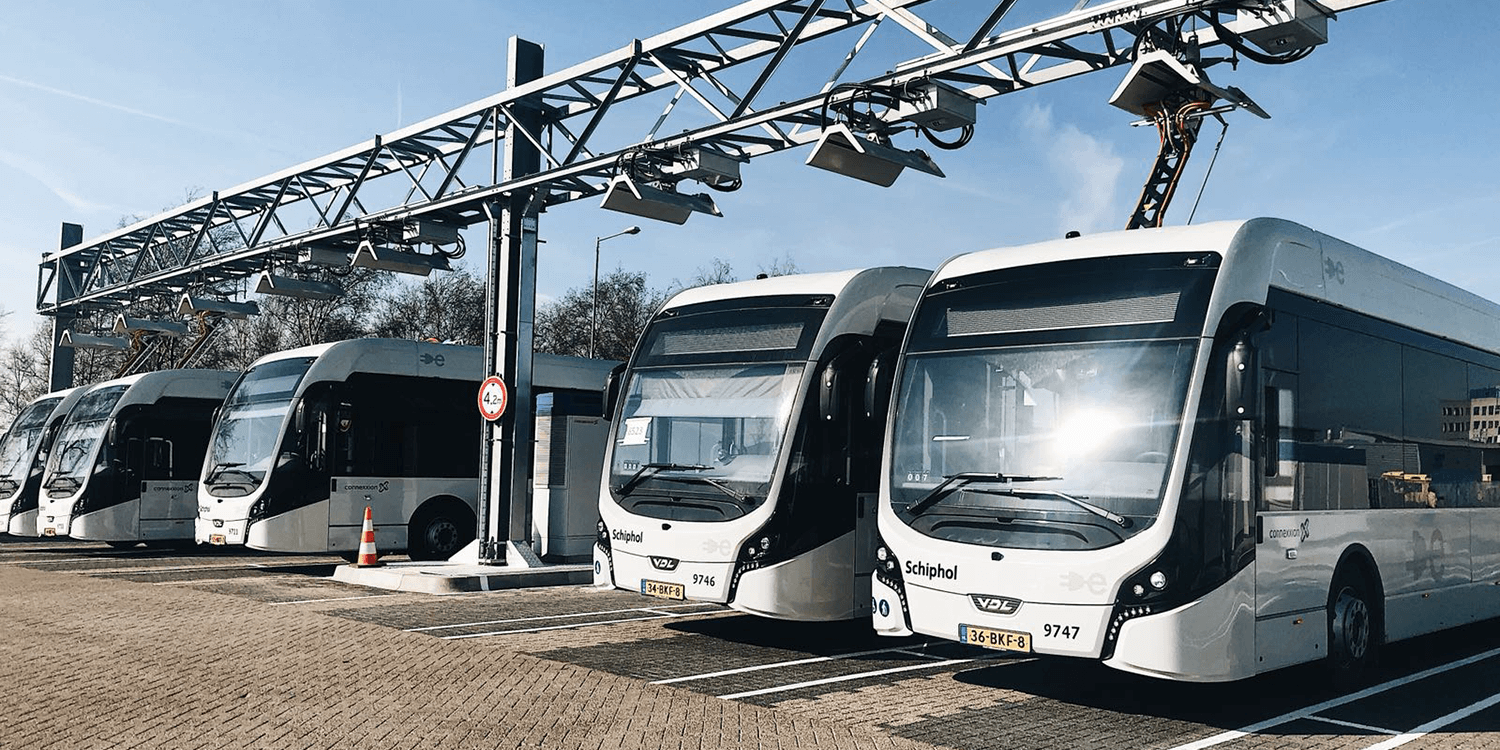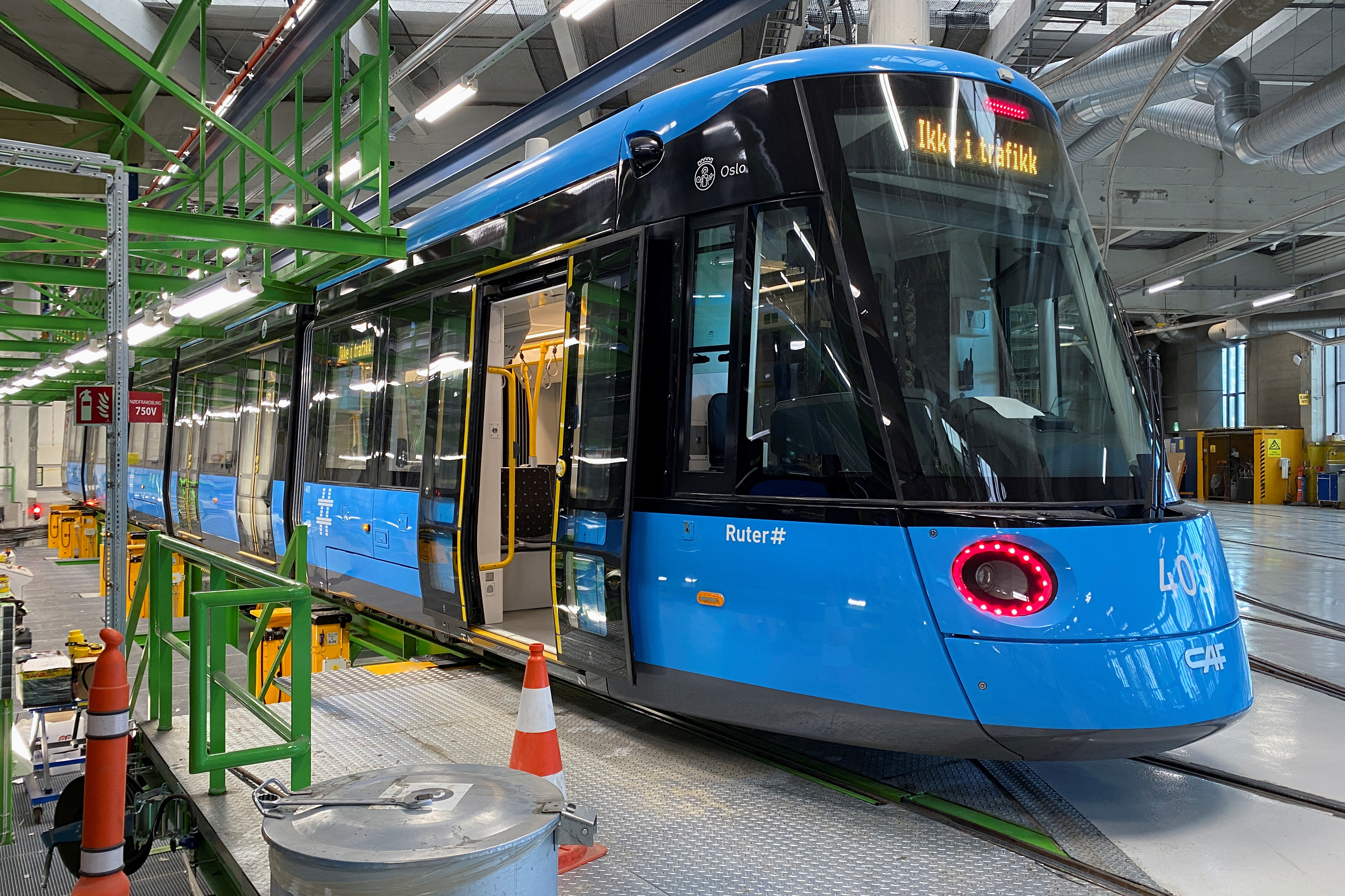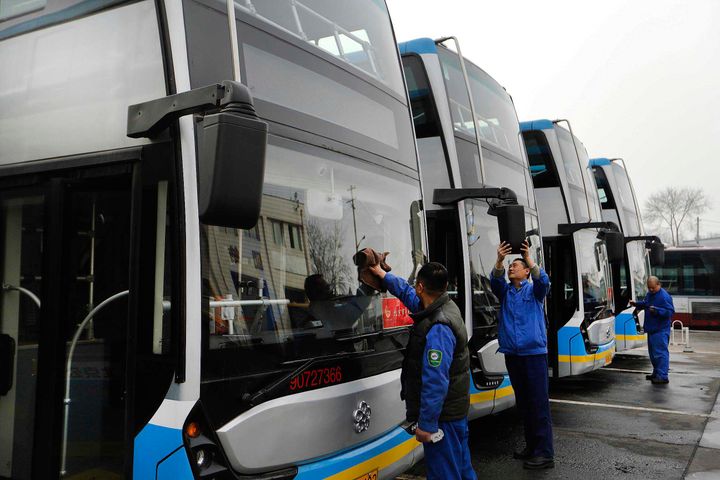Bold strides are being made as urban landscapes globally become battlegrounds for carbon neutrality. This revolution sees city planners and commuters swapping conventional transport for a greener alternative – electric public transport. In this intriguing case study, we’ll delve into the technology, strategy, and execution of this silent revolution that’s redefining the urban commute, sparking hope for a cleaner, greener future. Buckle up now as we journey through cities that are harnessing the power of lightning for their daily commutes.
Overview of Electric Public Transport

Electric public transport isn’t just a buzzword on the global agenda anymore; it’s a full-blown revolution aimed at solving many urban transport problems. The landscape is dominated by two primary types of vehicles: electric buses and light rail networks, which have started to be adopted by various cities across the globe.
Electric buses, which have made significant inroads in numerous cities, herald a new era in sustainable public transportation. These buses are powered entirely by electricity, typically generated through a large onboard battery. Unlike traditional buses that generate smoke and noise pollution, electric buses operate quietly and produce zero tailpipe emissions, making them a superb choice for the environment.
On the other hand, electrified light rail networks, inclusive of trams and metros, are becoming increasingly popular as a sustainable, reliable public transport option. These systems use electricity to power vehicles along rail tracks, offering a swift ride that reduces traffic congestion and minimizes environmental impact.
Several cities are also exploring battery-electric trains for their broader public transportation systems. Compared to diesel trains, these electrical alternatives offer immense benefits, including lower greenhouse gas emissions, reduced noise and air pollution, and lower operational and maintenance costs over the long term.
The next frontier in electric public transportation is the electric ferry – an innovation poised to revolutionize water transit. Some cities are already trialing these vehicles in an effort to reduce emissions over waterways.
The adoption of electric public transport might look different in various cities, but the end goal remains the same: to bring about a future where public transportation is not just efficient and accessible, but also environmentally friendly. As this revolution gains momentum, cities worldwide are starting to embrace electric public transportation, leading the charge towards cleaner, greener, and more sustainable urban living.
Case Study 1: Amsterdam

Amsterdam, the capital city of the Netherlands, is renowned for its commitment to sustainable transport. This cosmopolitan city, defined by its winding canals and narrow, cycle-friendly streets, has long been at the forefront of green, eco-friendly initiatives, and its push toward electric public transport is no exception.
On any given day, locals and tourists alike will notice fleets of silent, green-number-plated electric taxis whizzing about. They represent a partnership between Amsterdam’s city government and the local taxi industry that offered incentives for going electric. Now, major taxi operators in the city run almost exclusively electrified fleets, showcasing the potential for real change when public and private sectors work together for the environment.
But it’s not just the taxis. The city’s public bus fleet is also getting a significant electric overhaul. Amsterdam’s transport authority, Gemeente Amsterdam, announced plans to transition its buses and van fleets to 100% electric by 2025. With CO2 emission targets in mind, the aim is for all Amsterdam’s buses to be emission-free within a few years, significantly reducing the city’s carbon footprint.
Perhaps one of the most engaging electric public transport facets in Amsterdam is the growing fleet of electric ferries and canal boats, replacing the older diesel versions. Given that the city’s vast canal network is a major part of its transport infrastructure, this helps to significantly cut down emissions within the city center.
Electricity for all these electric transport services is largely derived from renewable sources, with the Netherlands boasting a significant offshore wind farm industry. This ensures that the move towards electric public transport isn’t just a switch from burning fossil fuels in engines to burning them in power stations.
Amsterdam’s success story demonstrates not just a technological shift, but a cultural one, reimagining public transportation for future sustainability. Its residents were onboard, embracing the quiet, clean, and efficient transport options at their disposal. It is, without a doubt, a case study in how bold vision, comprehensive planning, public-private partnership, and citizen engagement can transform a city’s public transportation landscape.
Case Study 2: Oslo

In the peaceful yet bustling city of Oslo, quietly roars an electrical storm. The storm in question isn’t a force of nature but a great stride into the realm of electrified public transport. Oslo, the capital of Norway, is known for its commitment to sustainability, and it’s painting a promising picture of how cities can transform their public transport systems to fight climate change.
Fuelled by a lofty ambition to reduce 95% of its emission by 2030, Oslo leads the path in the climatic revolution. To this end, the city has put forth significant investments in electric public transportation, leaving a noticeable absence of the exhaust-filled roars customary to urban lurking buses.
One of the main vanguards of Oslo’s electric public transport scene is its expansive fleet of electric buses. The city streets that were once dominated by conventional gas-guzzling buses are now thrumming with their eco-friendly counterparts. Transitioning toward electric buses wasn’t a swift operation. However, the dividends, in terms of environmental impact and potential long-term cost savings, are proving well worth the push.
In a similar vein, Oslo’s trams, a visible part of the city’s public transportation network, are electrically powered, contributing efficiently to the city’s green transition. Let’s not forget the role of ferries in Oslo’s impressive portfolio of electric transport, making waves on the fjords, ushering in the era of ‘green sailing’.
But buses, trams, and boats aren’t the only iron in the fire. Oslo is keen on making electric taxis the norm. The mission is to make every cab emission-free by 2023. To pull off this knockout punch against carbon emission, wireless charging infrastructure for these electric taxis is ingeniously being developed, promising a future of invisible power supply, a future beyond the constraints of charging cables.
However, all these fancy electric vehicles need power, and not just any power – green power. Oslo had this figured out, sourcing electricity from its vast hydroelectric resources, ensuring the vehicles are truly emission-free, not just shifting the problem elsewhere.
Remarkably, this push towards an electric future isn’t just for public transport. Oslo is equipping its residents by offering them incentives to acquire electric cars, installing charging stations across the city, in an attempt to make electric car ownership as convenient as possible. The result: Oslo has the highest number of electric cars per capita in the world, fighting the good fight on every front to become the city of the future.
Oslo’s ambitious journey, though not without its challenges, presents itself as a testament, a beacon for cities across the globe, driving home the point that an electrified public transport future isn’t just plausible, it’s inevitable. If there’s anything that Oslo’s electric drive tells us, it’s that the road to reducing emissions and combating climate change passes through the depot of public transport electrification.
Case Study 3: Beijing

Unleashing a concerted drive to reduce carbon emissions and ensuring cleaner inner-city air whilst meeting the ever-growing needs of its over 21 million denizens, Beijing stands out as one gargantuan mass transit marvel. Beijing’s embrace of electric public transport has been one of profound determination and operational scale.
No stranger to the adverse impacts of pollution and maintaining its rank as one of the most populous cities on Earth, Beijing has been shoving its transport policy pedal to the metal. The city’s grand experiment with electric public transport features a heady and increasing mix of electric buses, taxis, and even delivery trucks.
By 2017, Beijing had more than 1,000 electric taxis, and the city’s ambition didn’t stop there. If you trek through the city now, you’ll find that all of Beijing’s taxis, about 67,000 in total, are projected to go electric. The initial implementation hurdles of a higher vehicle cost and the dearth of charging stations are being steadily mitigified through the expansion of an extensive public charging infrastructure.
The real showstopper, though, is Beijing’s epic fleet of electric buses, diving headfirst into the future. The Chinese capital is literally driving the global adoption of electric buses. Over 70% of the new buses hitting Beijing’s streets are electric, underscoring the city’s commitment to electric mobility.
These heavyweight behemoths of electrically propelled people movers underscore the potential for electric power to dominate public transportation. A combination of battery leasing and government subsidies has made the transition feasible, mitigating concerns about upfront battery costs and the lifespan of these components. The quiet hum of electric motors now rings through the city, displacing the clatter and smoke of diesel engines of the past.
But it’s not just public transport. Beijing has deployed an increased number of electric bike-share programs. Providing a green alternative for the short-distance commutes, these bikes are filling the gaps, supporting the dense network of buses and underground trains.
Progressing relatively smoothly, Beijing’s e-revolution provides essential learning for cities investing in electric public transport. As Beijing continues to mobilize its citizens in a quieter, cleaner fashion, it notably champions the environmental cause, driving forward with a battery pack and a vision.
In a nutshell, Beijing is mirroring the global pivot towards e-mobility in public transport, offering a compelling case study of how a major global city is managing the upgrade to green transportation architecture, nitty-gritty challenges, growing pains and all.
Benefits and Challenges of Electric Public Transport
Electric public transportation systems are rapidly gaining traction across the globe as cities strive for sustainability. The advantages of these systems are substantial, with such benefits extending to both the environment and the lives, pockets, and health of the inhabitants.
One of the most remarkable benefits of electric public transport is its positive contribution towards environmental conservation. The role of these systems in reducing air and noise pollution cannot be understated, because unlike traditional buses or trams which run on gasoline or diesel and thereby contribute to airborne emissions, electric vehicles produce zero direct-emissions. Lower emission levels consequently lead to improved overall city air quality, ensuring that city dwellers can breathe a little easier.
The economic benefits of electric public transportation are also noteworthy. Once the initial cost of acquisition and infrastructure installation is offset, the cost of operating and maintaining electric vehicles turns out to be significantly lesser in the long run compared to traditional diesel-powered vehicles. These savings can be enjoyed not just by the operators of the transportation systems, but also by the riders and taxpayers.
In addition to these benefits, strides in technology have dramatically improved the performance of electric public transportation. Advances in battery technology mean that today’s electric buses, trams, and trains have more efficient energy consumption, longer driving range, and shorter charging time than their predecessors.
However, it’s not all smooth sailing when it comes to the widespread adoption of electric public transportation. There are indeed some pressing challenges that need to be confronted head-on.
The high upfront cost can be a daunting deterrent for many cities. Large-scale transition to electric public transportation would entail modifications to existing infrastructure or building of new charging facilities, which can be expensive propositions and may beyond the financial reach of some cities, especially those in developing countries. Balancing the short-term fiscal burden against long-term benefits is a difficult but necessary task.
Another challenging aspect is the energy supply for powering these vehicles. The capacity of existing power grids in many cities may not be sufficient to support a large fleet of electric vehicles and meet the increased demand for electricity. The sourcing of renewable and sustainable energy supplies is another major hurdle.
Despite these challenges, the clear environmental, economic, and technological benefits underscore why more and more cities are banking on electric public transportation. Though complex, the obstacles are not insurmountable. By focusing on innovation, strategic planning, and investment, city leaders can overcome these challenges and accelerate the transition to cleaner, more sustainable public transport systems. The future, it appears, will be electrifying.
FAQs
What does “Cities Embracing Electric Public Transport” mean?
Why are cities moving towards electric public transport?
How reliable is electric public transport?
Conclusion
In essence, electric public transport is not merely a passing fad but a shimmering beacon of hope for a more sustainable urban futurity. Whether it’s through buses, trams, or ferries, cities globally are adopting electrification, striving for decreased emissions and improved air quality. This shift is shaping a progressive conversation around transportation, championing cost-effectiveness, efficiency, and the reduction of carbon footprints. As we hurtle forward, the electrification cycle, from personal scooters to mass transit, heralds a fascinating chapter of urban evolution yet to unfold in its full glory.
